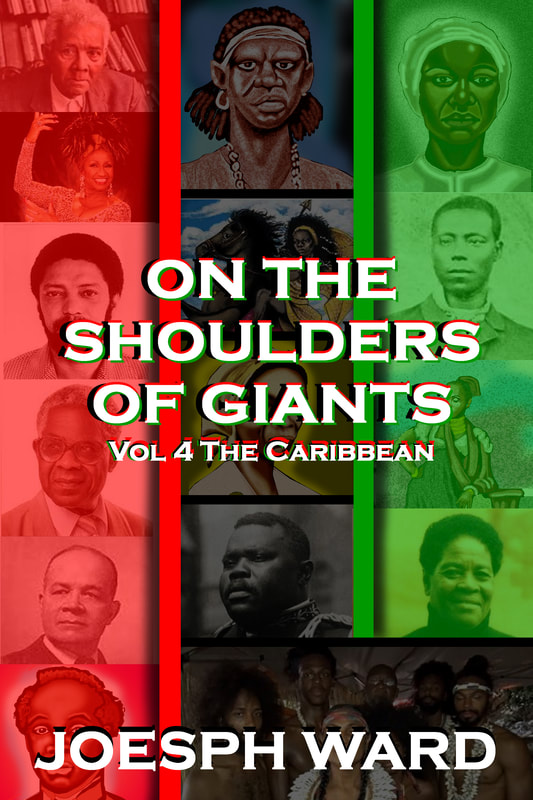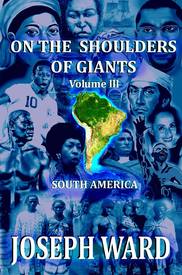|
From the sixteenth century through the ninetieth century, slaves, soldiers, and domestic workers from East Africa were bought to Sri Lanka by the Arabs, Portuguese, Dutch and the British. Kaffir is a name used to label this particular ethnic group of Sri Lanka. We are familiar with the term Kaffir because it is a racial epithet in South Africa. In Sri Lanka, the term came into being via the Arabs as Qafr meaning unbeliever or mystic, because they refused to convert to their oppressor’s ways, later the Portuguese adopted the term and pronounced it as Cafre. The British began to label this particular group of people as the Kaffir when they counted their census between 1871 and 1911. The Kaffir continued to pass down their African history through oral traditions as they were enslaved by the Arabs and Portuguese, as well as, their enlistment as soldiers, slaves, and domestic workers by the Portuguese, Dutch, and English. Culturally, the traditions of the Kaffirs began to fade as time passed and the people were introduced to new traditions from other cultures. The culture they do have was brought with them from East Africa and is mostly maintained by the elders. Outside cultural influences have also had an impact on the Kaffir’s religion; their elders have somewhat maintained their original religious traditions, while most of the Kaffir are now Roman Catholic, Buddhist, and Muslim. Music is another facet of the Kaffir culture that has changed as their elders continue to hold on to their African traditions, Kaffrinha/Bailas is a popular form of Sri Lankan music created by the Kaffir which includes African, European and Asian elements. Today the total number of Kaffir is estimated to be around fifteen hundred people, they can be found throughout the Sri Lankan island in various cities. It is believed that when the Kaffir was brought to Sri Lanka their numbers were around 20,000 people, numbers that are vastly different from the number of Kaffir living today. The Kaffir originally spoke a form of Portuguese creole which included linguistic elements from Africa, Asia, and Portugal. The Kaffir has contributed to Asian culture and Sri Lankan culture through their music and craftsmanship; the assagai is a metal tip spear that was widely used in battle and is an example of the Kaffir contribution to Sri Lanka. These people were brought to Sri Lanka by force or as a source of labor, either for war, cleaning or building; like many other African people, they also were victims of Arab and European colonization. The Arab slave trade has existed for over two-thousand years and it still exists today. The slave trade is one of the reasons the Kaffir from Ethiopia, Mozambique and various other East African countries exist in Sri Lanka today. Similar to African people being dispersed throughout the Americas via the Trans-Atlantic Slave Trade, African people were dispersed throughout the Asian continent via the Arab Slave Trade, as well as, European colonization. The Kaffir are another example of the extent of the African diaspora; African people have traveled and civilized the world on their own or by force. To the Kaffir of Sri Lanka, we proudly stand on your shoulders. J.A. Ward Click here to learn more about the On the Shoulders of Giants book series!!! References:
https://www.researchgate.net/publication/317317221_Kaffirs_of_Sri_Lanka http://www.afropedea.org/sri-lankan-kaffirs https://en.wikipedia.org/wiki/Sri_Lanka_Kaffirs
0 Comments
On July 24th, 1802, Dumas Davy de la Pailleterie was born in Villers-Cotterêts, France, to parents Thomas-Alexandre Dumas and Marie-Louise Élisabeth Labouret. Thomas-Alexandre was the son of a French nobleman and an African woman enslaved in Haiti. Dumas began his writing career in 1822 after moving to Paris, France, he became the scribe for the Duke of Orleans, Louis-Philippe during the revolution of 1830. While working for Louis-Philippe he also began writing his magazine articles and plays; in 1829, at the age of 27, he produced his first play Henry III and His Courts. His play was well received and critically acclaimed by his audiences and critics. In 1830, he produced his second play Christine which was also met with critical acclaim and allowed him to make money as a writer. Dumas followed in the footsteps of his grandmother and father by changing his last name from de la Pailleterie to Dumas to connect more with his family’s African roots. Following his success as a play writer, Dumas began writing novels, essays and short stories surrounding the topics of crime and humiliations and became known as a serial novelist. In 1838, Dumas publish his first serial novel Le Capitaine Paul, which was a reworking of one of his plays, he also created a production studio to help him write many more novels. Celebrated Crimes is an eight-volume essay collection written by Dumas and others between 1839 and 1841. The novel The Fencing Master was published in 1840, it highlighted the Fencing Master Augustin Grisier and what he witnessed during the Russian Decembrist Revolt. Because of the content and popularity of The Fencing Master, Dumas was banned from Russia, and The Fencing Master was outlawed by then Czar Nicholas I. In 1844, Dumas published some of his most famous works The Count of Monte Cristo, The Corsican Brothers, and The Three Musketeers. In 1843, Dumas published the novel, Georges, to address the many issues associated with his African heritage; Dumas became knowledgeable of his African ancestry and was proud of who he was. The popularity of his novels led to them being translated into many different languages and mountains of money coming in. He was able to support his lifestyle which was said to include many women and much spending; his homes Le Port-Marly and Chateau de Monte-Cristo were examples of his opulent lifestyle and gregarious nature. The downside to the way he lived was he spent a lot of his money entertaining people, when financial troubles arouse, he was forced to sell his properties and his "friends" were nowhere to be found. Soon Napoleon Bonaparte came to power in France and was not fond of Dumas' writings; by that time Dumas published his widely read travel books, Dumas left France in 1851 for Brussels, Belgium before moving to Russia in 1859; some people say Dumas escaping from creditors was part of the reason he left France. Because the Russian elite spoke French as a second language Dumas was able to continue earning money from his many writings. It is believed that Dumas wrote over one hundred thousand pages in his life. In 1861, Dumas traveled to Italy after Victor Emmanuel II became the King of Italy. Dumas became involved in the unification of Italy and founded the newspaper the Indipendente before returning to France in 1864. Alexandre Dumas died in 1870, was buried in his hometown of Villers-Cotterêts as a literary giant, who at the time was being overshadowed by the political climate in Europe. Over time his contributions to literature became greatly appreciated by the world. The Alexandre Dumas Paris Metro was named to honor his works in 1970, along with the restoration of his home the Chateau de Monte-Cristo. Over his lifetime, Dumas wrote twenty-eight high adventure fiction works, three d’Artagnan romances, seven Valois romances, eight Marie Antoinette romances, and three entries in the Sainte-Hermine trilogy. He also wrote five dramas to round off his long list of fictional works, writings that further helped him to cement himself as an iconic writer. As far as nonfictional works, Dumas wrote over thirteen nonfiction books, which included his numerous travel novels. Dumas is best-known for writing the books The Three Musketeers and the Count of Monte Cristo, but as we have learned his literary contribution was vast, and this came from a man of African ancestry. I make that last statement because it was and is still believed that people of African descent are inferior to Europeans, but from my studies, I have learned that Europe and all other Western nations would be nothing without black people. Dumas was second to none as a writer and his writings have stood the test of time on an international stage. Dumas Davy de la Pailleterie aka Alexandre Dumas, we proudly stand on your shoulders. J.A. Ward Click here to learn more about the On the Shoulders of Giants book series!! References: https://www.britannica.com/biography/Alexandre-Dumas-pere https://www.biography.com/writer/alexandre-dumas https://en.wikipedia.org/wiki/Alexandre_Dumas Click the button below to support On the Shoulders of Giants on Pateron!! |
Details
Categories
All
Click Here to join our mailing list
|
Contact Us: |
Connect With Us |
Site powered by PIT Web Design

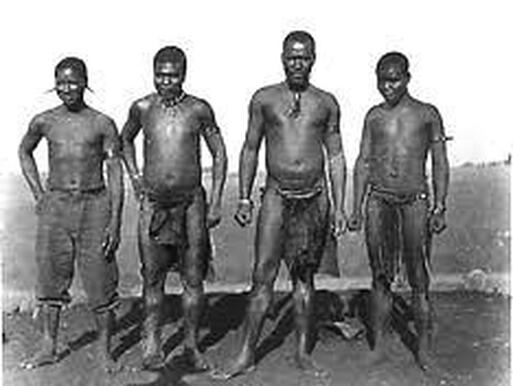

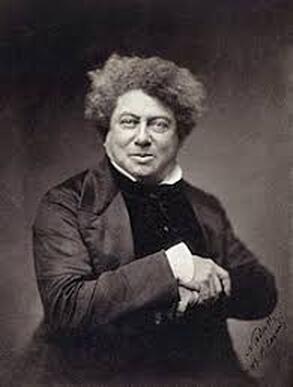
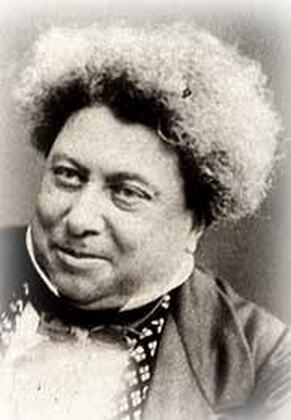
 RSS Feed
RSS Feed
